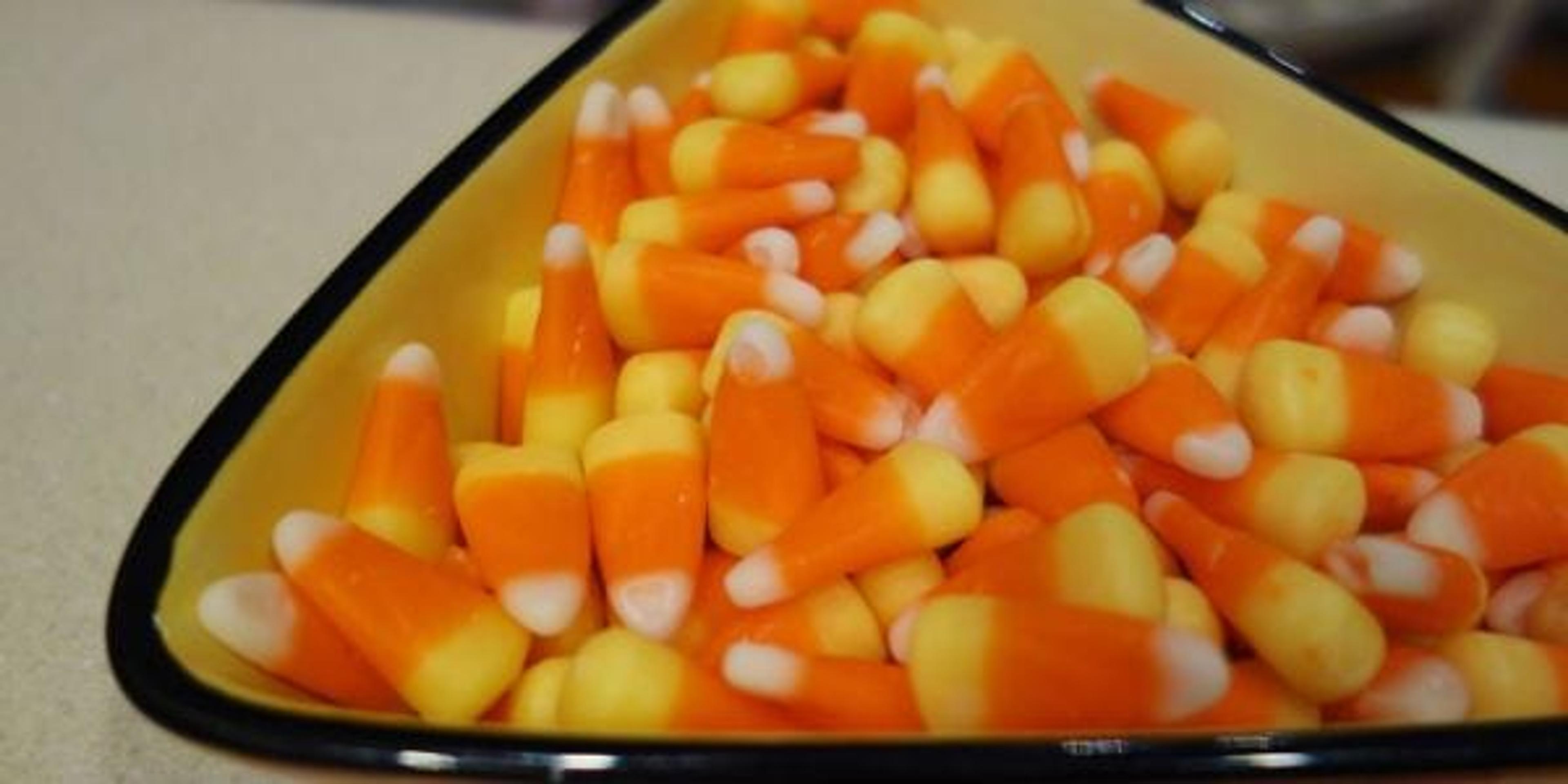Trick or treat: What Halloween’s spooky treats can do to your teeth

Dr. Gary Vance
| 2 min read

Candy apples, superheroes and pumpkin-flavored coffee can only mean one thing…Halloween is here! Kids across the state will venture door to door to ask their neighbors “trick or treat.”
Before your kids eat all those treats, here are some tricks and helpful tips to keep the candy from damaging their teeth:
- Although consuming large amounts of sweets is unavoidable in the weeks to come, you can find candy that’s better for your teeth and will keep the kiddos happy. These can include dark chocolate, sugar-free lollipops or sugar-free gum.
- Sugar may be the main culprit to cause cavities, but it’s not alone. Studies suggest sugar and starch together can also attract harmful bacteria in your mouth, causing those unwanted cavities.
- Jawbreakers and sugar-laden lollies can erode teeth enamel. When the citric and malic acid found in these candies combine with your saliva, it dissolves slowly, lingering on your teeth and eroding enamel in the process.
Cavities vs. Candy
Instead of hiding the six pounds of Halloween candy your kids worked so hard for in a cabinet far from the reach of little hands, encourage your kids to take care of their teeth and enjoy their sweets in moderation.
- As soon as your kids get home after a night of trick or treating, let them pick a handful of treats they want to keep, then move the unpicked treats to a place out of sight for future enjoyment.
- Set a time when your child can enjoy one of their Halloween treats. This teaches the importance of not eating sweets all day long.
- And of course, always have your kids brush their teeth after treat time!
Enjoy your Halloween fun, dress up as a pumpkin family and indulge in a treat (or two) but remember moderation is key. Have a happy (and healthy) Halloween!
Photo credit: Scott McLeod





